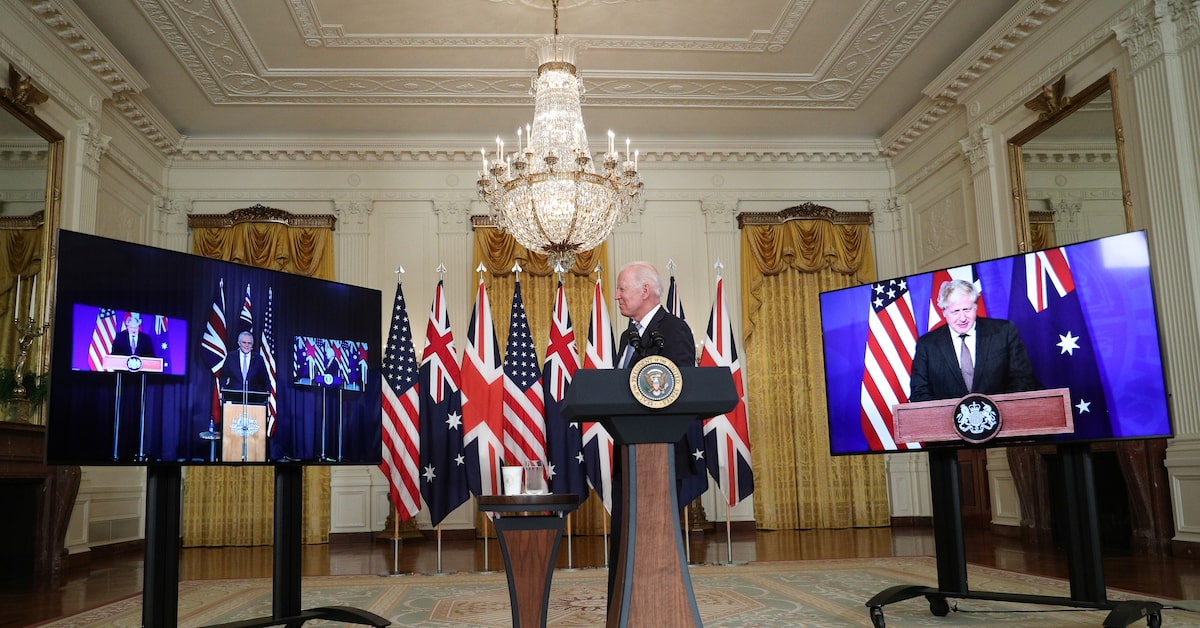From the middle of the article:
Enacting costs of $900,000 per job to arrest a declining industry is not, to me, good policy.
You’re arguing economics, which in this case is correct. I am arguing geopolitics - in that I do not think we should be reliant upon our greatest strategic competitor for steel, rare earth metals, medical supplies, etc. There is also the fact that these are solid middle class jobs that we should find a way to keep.
Break.
In addition to the US fleet, allied navies with the UK’s 2 Queen Elizabeth class carriers, Japan’s 2 Izumo “Helicopter Destroyers” and now this:

China, France denounce U.S. nuclear sub pact with Britain, Australia
China on Thursday denounced a new Indo-Pacific security alliance between the United States, Britain and Australia, saying such partnerships should not target third countries and warning of an intensified arms race in the region.
Australia to get U.S. nuclear submarine technology as China looms large
As a reminder of the hangar space on those ships carrying F-35B’s:
Queen Elizabeth class (UK): 55,990 sq ft (509' x 110')
Izumo class (Japan): 44,000 sq ft (550' x 80')
Cavour class (Italy): 30,360 sq ft (440' x 69')
America class LHA (US): 28,142 sq ft
Wasp class LHD (US): 18,745 sq ft
Last edited:

 It's definitely interesting news. You can see some
It's definitely interesting news. You can see some 